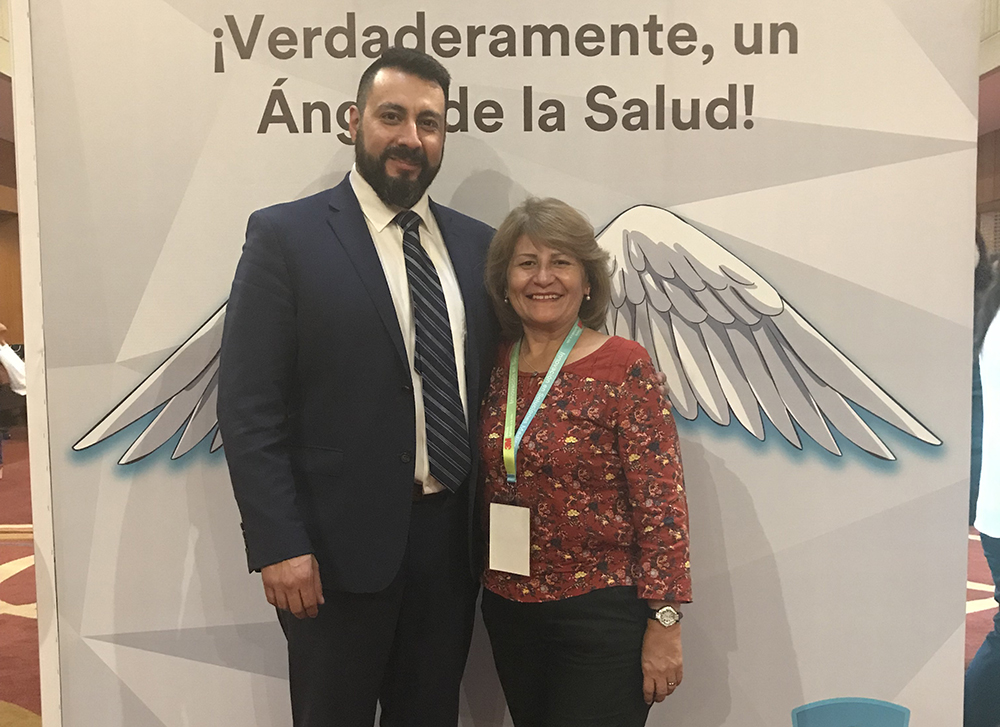
Euripides, an ancient Greek playwright, once said: “Every day you are traveling, you are learning something new.” As one of 3M’s Global Scientific Affairs leaders, I travel regularly to 3M areas observing how medical devices are sterilized in many different settings.
Reflecting on my travels to multiple countries, people are often surprised to learn that I’ve found that similarities in sterilization often outnumber the differences in practices around the globe.
First, some differences. Some developed European countries tend to take a more ‘industrialized’ approach to sterilization – it’s much more formal. In India, you may find flowers placed on the sterilization machines during holy holidays as offerings of thanks and appreciation for the care the machines provide to patients. And in some countries, you might even encounter staff working barefoot in the Central Sterile Services Department (CSSD)!
While many CSSDs tend to occupy less desirable space in a hospital (often the basement), in countries like Thailand and Brazil the CSSD can be located in a well-lit room with windows and adequate air conditioning systems.
What may prove most interesting, however, are the similarities this field shares around the world. While people and cultures may differ, processes remain the same. And most interesting, challenges tend to be common in every area.
The challenges faced by the industry are widespread. Roles and processes within a CSSD tend to be very complex, yet training is often minimal and supervision lacking. Compensation is another difficulty as these jobs tend to pay lower wages, resulting in higher staff turnover. These challenges often lead to greater problems: improperly sterilized medical instruments that can lead to patient infections.
These are not new problems, yet they are drawing growing interest from the media with the rise in antibiotic resistant bacteria and increasing concerns from the public about patients who die from infections following a relatively minor medical procedure.
Solutions to these problems are not simple. Perhaps one model that might be worth replicating globally is that of the European healthcare system that targets diseases proactively – focusing more on preventative care that ultimately reduces the number of medical procedures that are needed. While there are real benefits to having access to endoscopic procedures, perhaps a more holistic approach would be to target the overall health of a population, limiting the need for such procedures.
Improvements to the working environments of CSSDs might also be worth consideration. Good facilities tend to have good processes. And a pleasant workspace can improve overall job satisfaction – reducing staff turn-over.
Finally, looking to the jobs themselves could be a solution. Are there ways to grow salaries and opportunities? Apprenticeships might be one approach to establishing both consistent training practices, as well as a career path for those interested in the sterilization field who are also seeking professional growth opportunities.
